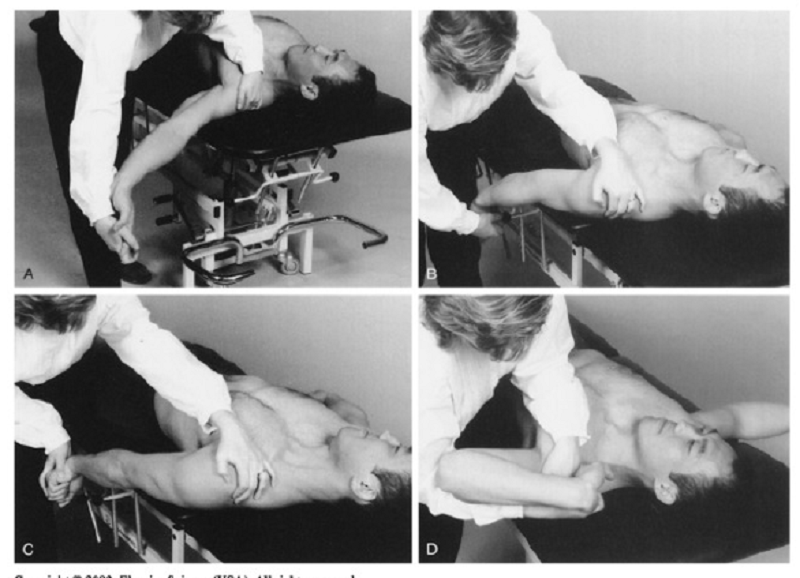Ortho I Exam 1 Practice Questions
{"name":"Ortho I Exam 1 Practice Questions", "url":"https://www.quiz-maker.com/QPREVIEW","txt":"Test your knowledge with our comprehensive Ortho I Exam 1 Practice Questions. This quiz features 28 multiple-choice questions designed to challenge your understanding of orthopedic concepts and clinical practices. Whether you're preparing for an exam or simply want to evaluate your knowledge, this quiz is perfect for you.28 multiple-choice questionsFocus on orthopedic assessment and treatmentIdeal for students and professionals alike","img":"https:/images/course4.png"}
More Quizzes
Procedures: Units 4-6
10510
OTA 170 Lippert Muscle Actions 2
7426
Who should be your bf in our class?
8498
Career Readiness Quiz
321630
Rock Music Trivia - Free to Test Your Knowledge
201017961
MA - Free Medical Assistant Practice Test
201020119
Happy Tree Friends Character - Which One Are You?
201018794
Sephora - Test Your Skincare, Makeup & Hair Knowledge
201020517
International Political Economy - Free Exam Prep
15816024
How Do People See Me - How Others Perceive You
201017223
Lord of the Flies: Chapters 1 - 4 (Free)
201016564
Angle Relationships - Free Geometry Practice
201017961


